Located in the southeast corner of Beijing's Outer City, the Corner Tower stands as a landmark that has witnessed the vicissitudes of the capital city. The Corner Tower has been renovated and transformed into a branch of the second library of Dongcheng District, representing a library with old Beijing characteristics. In this library, you can learn about Beijing's history from nearly 10,000 collected books and experience Beijing's modern life in a variety of activities.
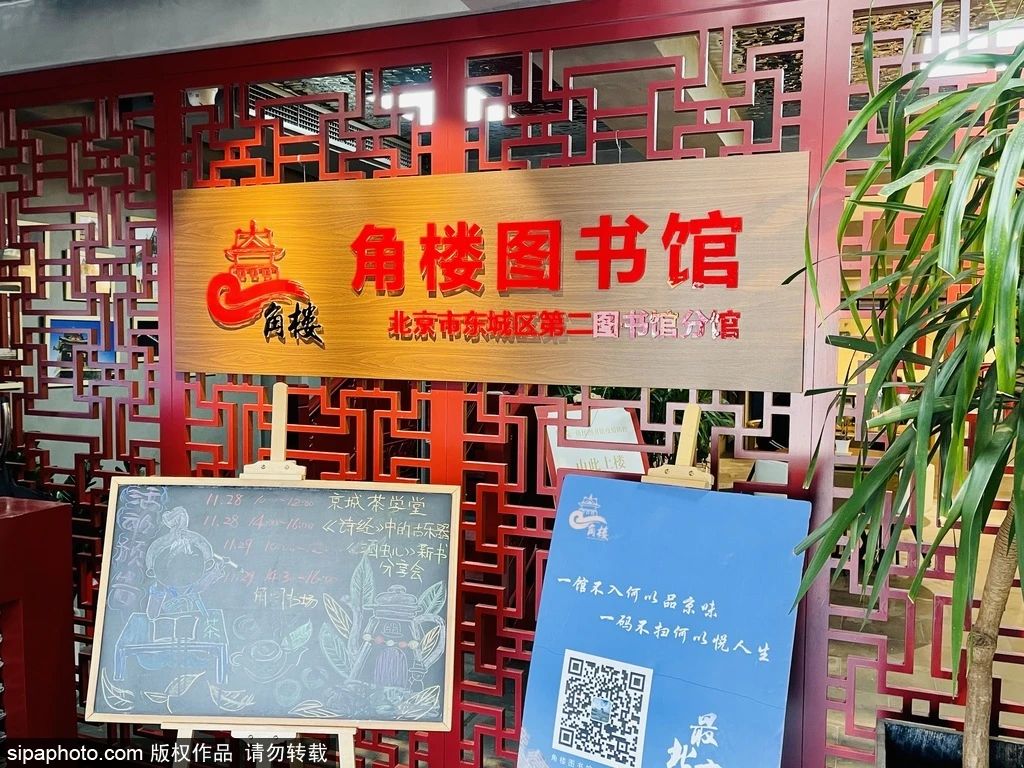
The first floor of the library features an area dedicated to Beijing-themed cultural activities and exhibitions. This area showcases traditional artifacts and antiques. These items capture and preserve the essence of Beijing's long history in intricate detail.
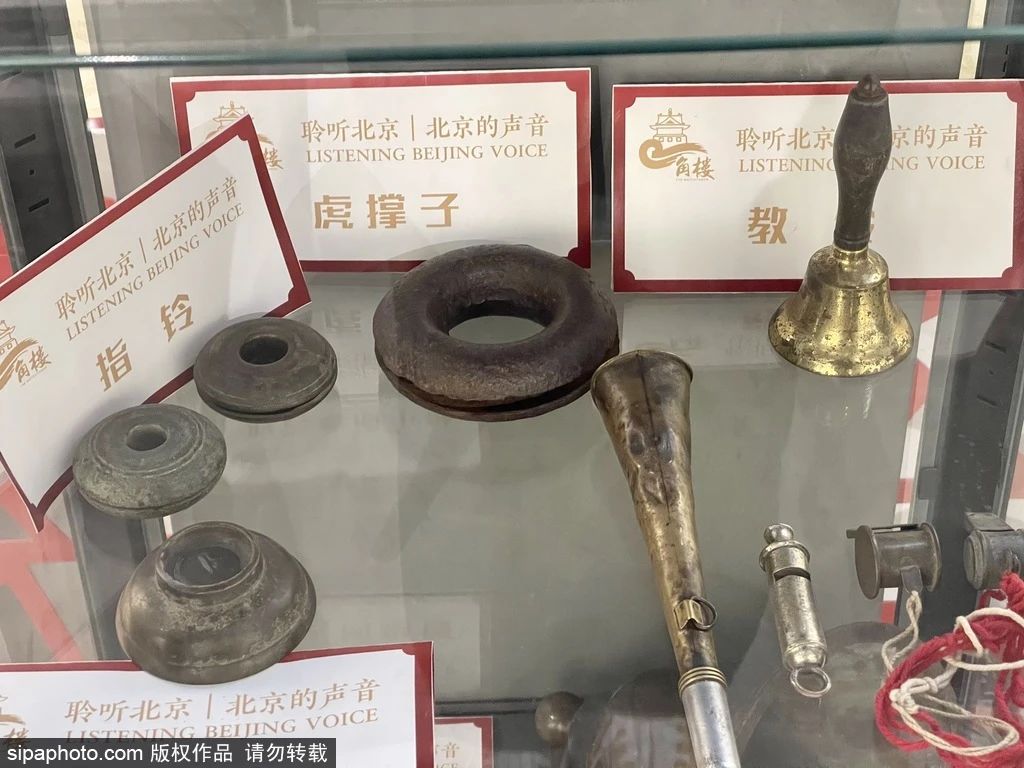
On the second floor's reading space, the arrangements of persimmons and pomegranates are meticulously done. The placement of meditation cushions and grand armchairs evokes the lifestyle and charm of Beijing's traditional siheyuan.
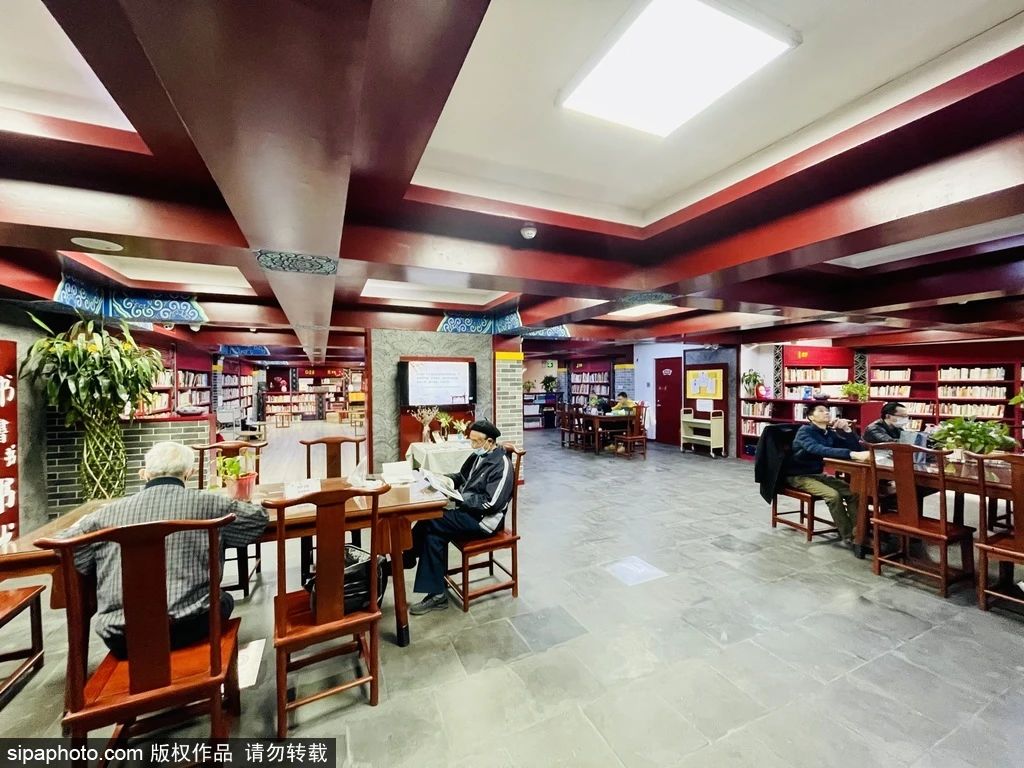
The library hosts over 200 events each year, including book clubs, cultural salons, and activities like the Turret Library Dining Room, 52 Days of Intangible Cultural Heritage, Turret Library Magic Night, and Starry Sky Cinema. These events provide a comprehensive and immersive experience of the city's charm. From the turret, you can gaze into the distance, stand by the moat, immerse yourself in the realm of books, and truly enjoy the slow pace of life in Beijing.
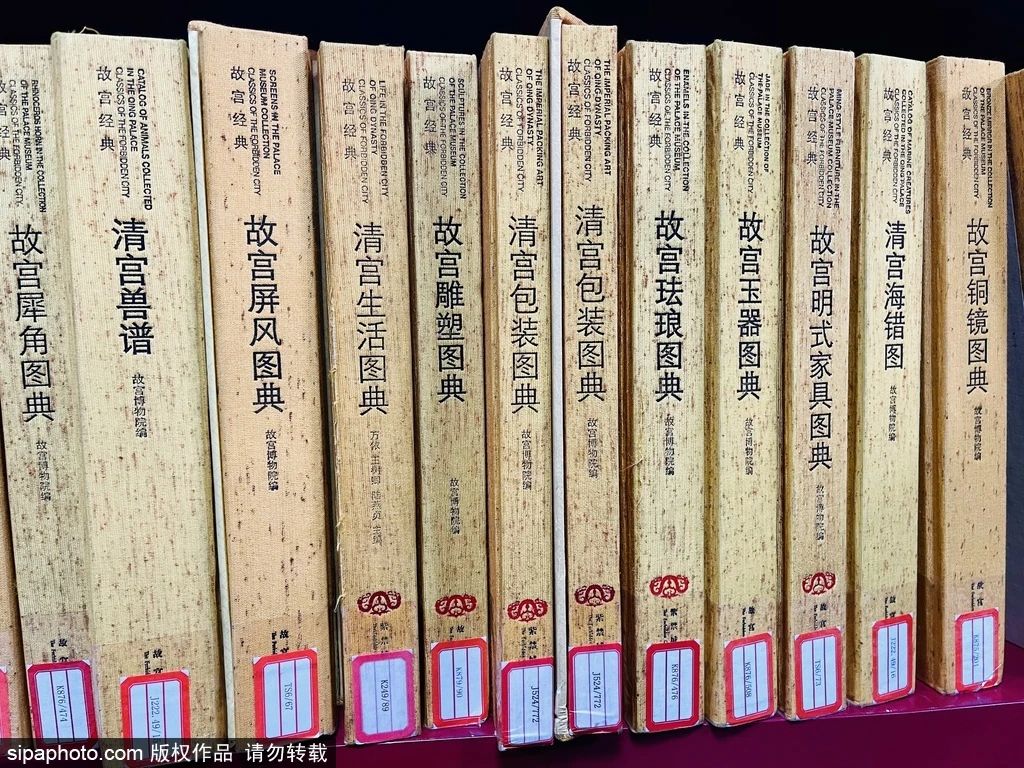
Nearby attractions
Longtan Park
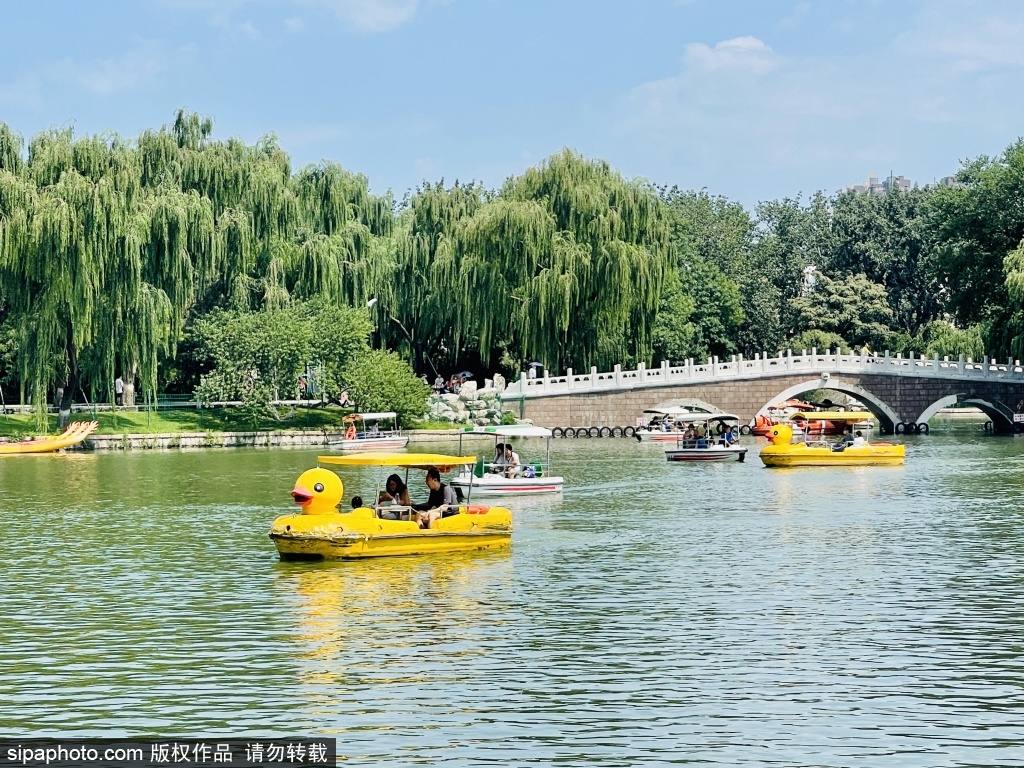
Longtan Park, established in 1984, is located within the southeastern Second Ring Road of Dongcheng District. It is a modern urban garden that integrates northern classical architecture with contemporary landscaping art, highlighting the theme of Chinese "Loong" culture.
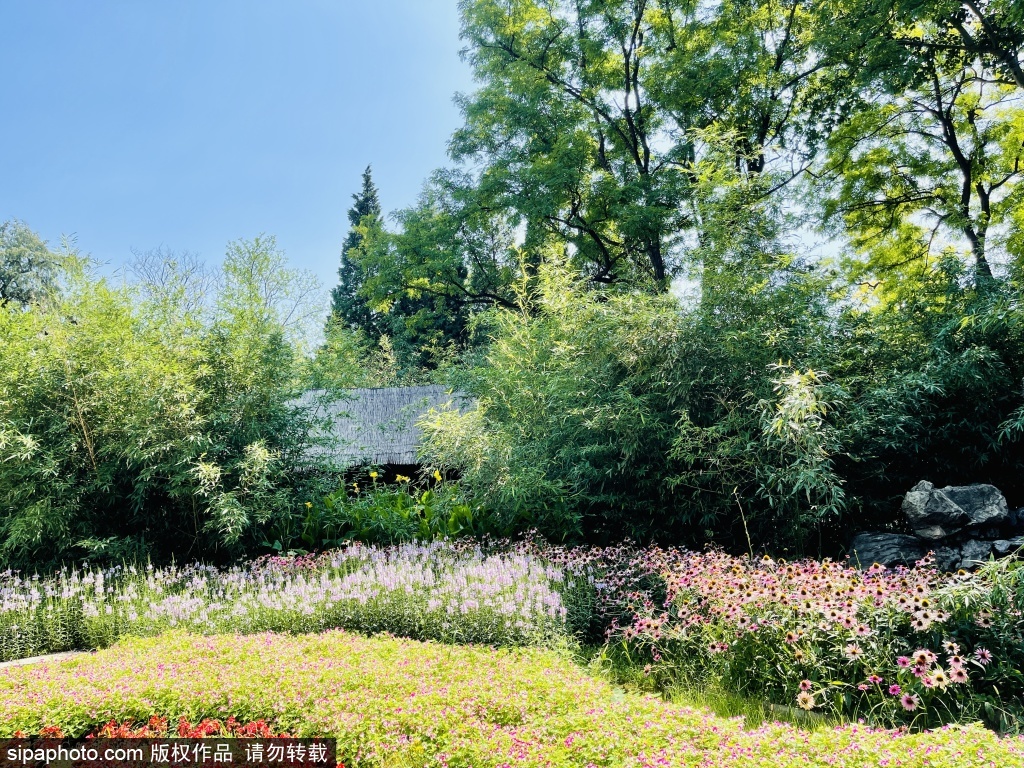
Longtan Park's history can be traced back to the Jiajing period of the Ming Dynasty. In Beijing's inner city, there were three main gates - Zhengyangmen, Chongwenmen, and Xuanwumen. Outside Chongwenmen, there was a bustling scene with many merchants and residents. In order to maintain social order and stability, the emperor decreed the construction of an outer city, leading to the establishment of over a dozen kiln sites outside Chongwenmen. However, once the city walls were completed, these abandoned kilns were left neglected and became a deserted area. In 1952, the municipal government mobilized the masses to transform these kiln pits into an artificial lake. In 1984, a comprehensive construction project was carried out on Longtan Lake, including the construction of pavilions, halls, and terraces, the paving of steps along the lakeshore, and the planting of willows, mulberries, and other trees. Longtan Park was officially established.
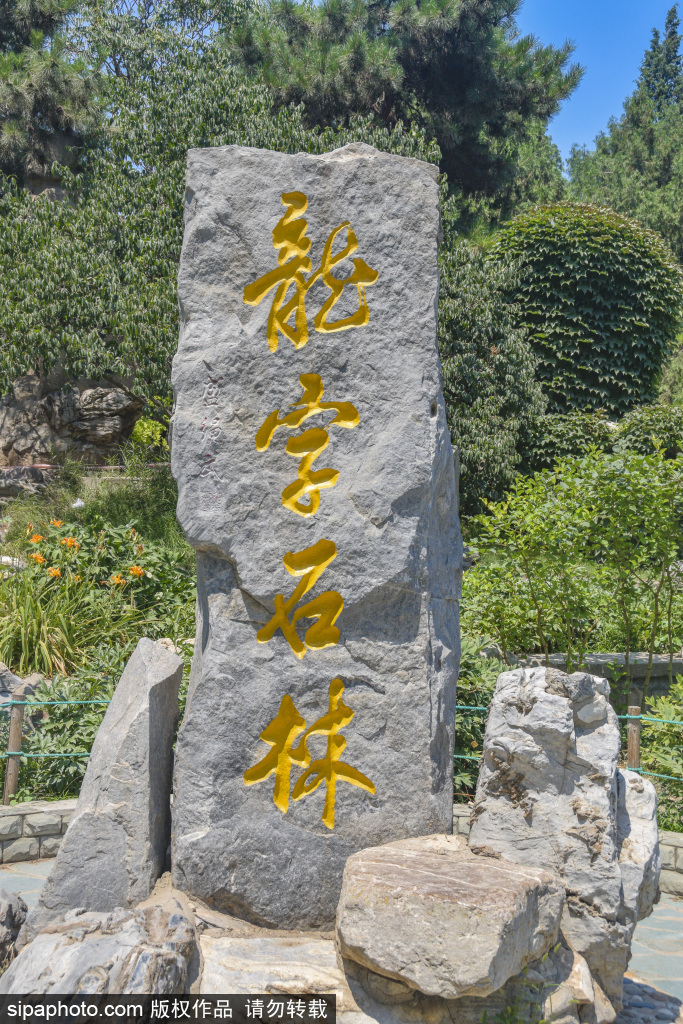
The name “Longtan Lake” indicates a connection with the “Loong.” Due to the lake's alignment with Longxugou, renowned architect Liang Sicheng named it Longtan Lake. Longtan Park is also famous for Mr. Lao She's novel Long Xu Gou. The park's water surface is divided into three main sections by bridges, pavilions, and halls, adorned with four small islands. Four small islands, three shallow beaches, one canyon, several green spaces in front of bridges, together form four categories and twenty-four different styles of scenic areas for visitors to explore.

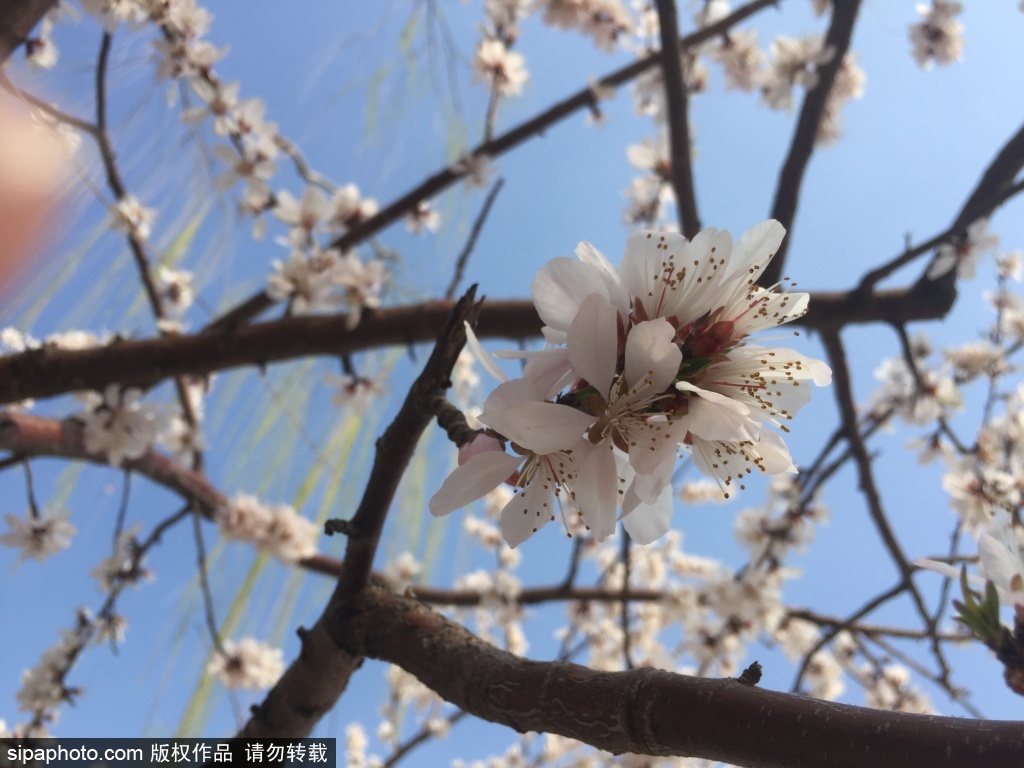
Currently, the magnolias, mountain peaches, crabapples, peach blossoms, cherry blossoms, purple-leaf plums, lilacs, forsythias, and elm-leaf plums in Longtan Park are in full bloom. After reading at the Turret Tower Library, visiting Longtan Park to enjoy the flowers and explore the area is also a great option.
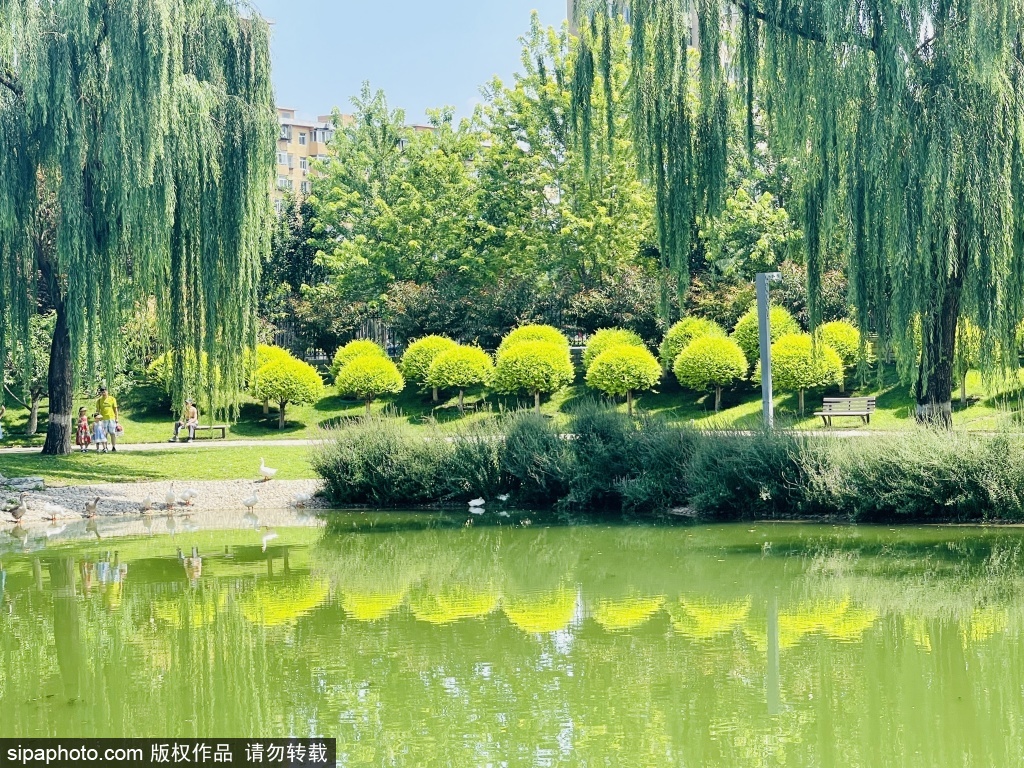
Address: No.8, Longtan Lu(Rd), Dongcheng District, Beijing
Panjiayuan Antique Market
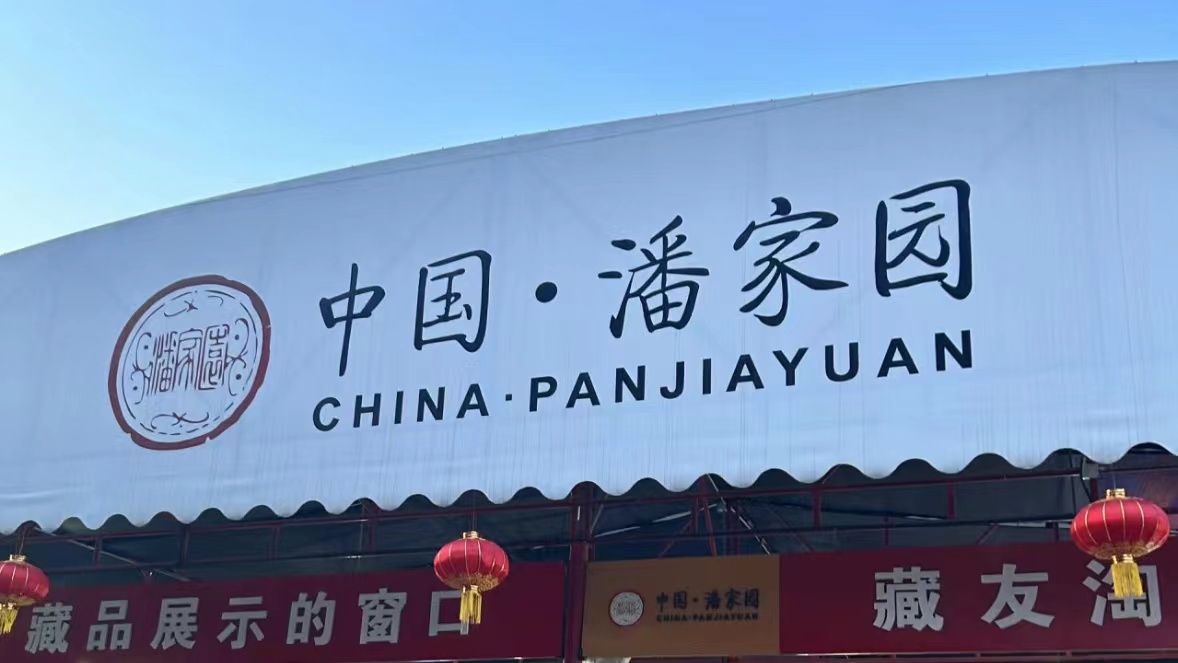
Panjiayuan Antique Market is located southwest of Panjiayuan Bridge on the South Third Ring Road in Beijing, covering an area of 48,500 square meters. The market is divided into six operating areas: the stall area, the ancient building area, the classical furniture area, the modern collection area, the stone carving area, and the dining service area. It mainly sells antique items, handicrafts, collectibles, and decorations. It has now become a large antique art market that spreads folk culture with its ancient and quaint charm.

When visiting Panjiayuan, you can explore the East Stall and the first and second areas of the big shed for buying bracelets; the West Stall Area for purchasing antique items and collectibles; the A and B Buildings of Row Yi for calligraphy and framing; various shops for more delicate gift options; the Row Ding and Row Bing Areas for experiencing the ancient charm; the Pan Tao Hui Boutique Area in Zone Four for selecting premium goods; and the Eastern Food Street Area for enjoying delicious food.
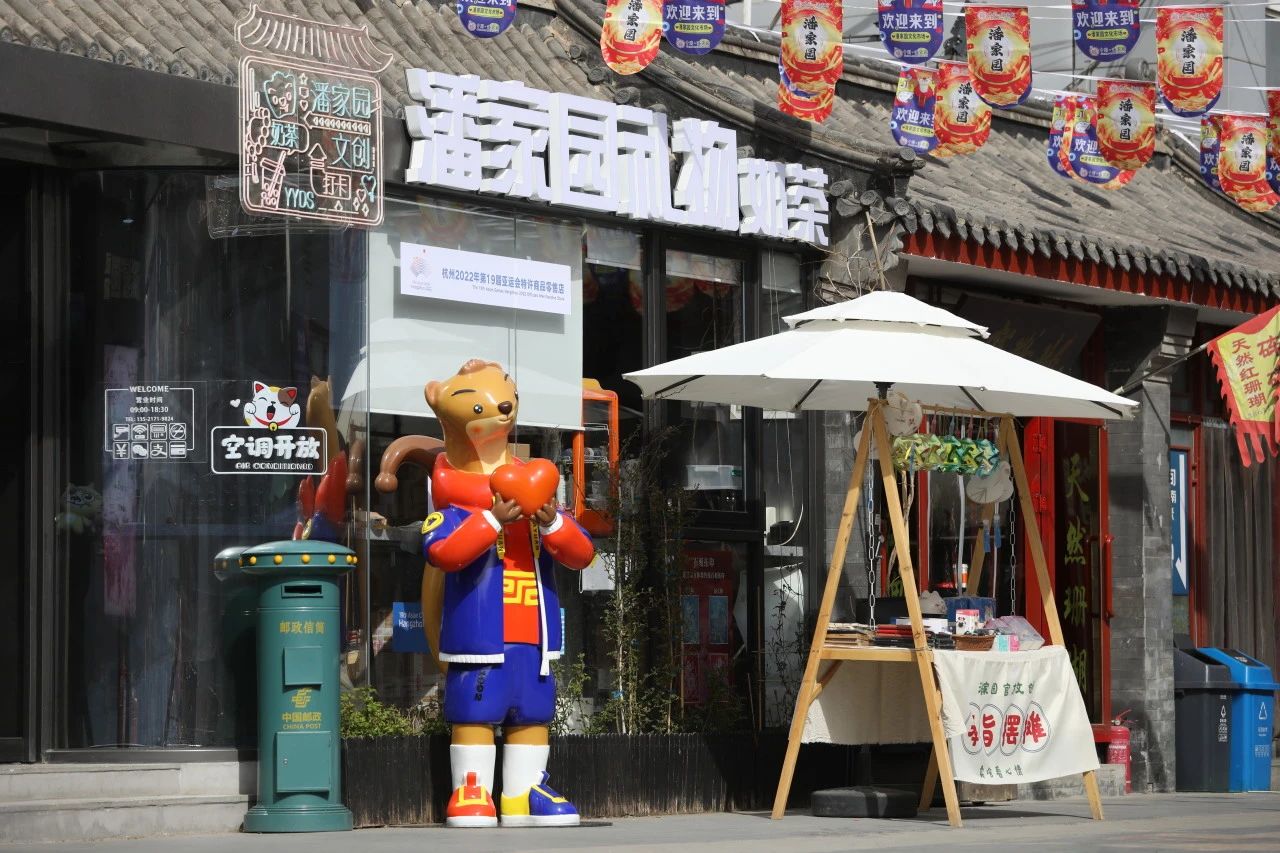
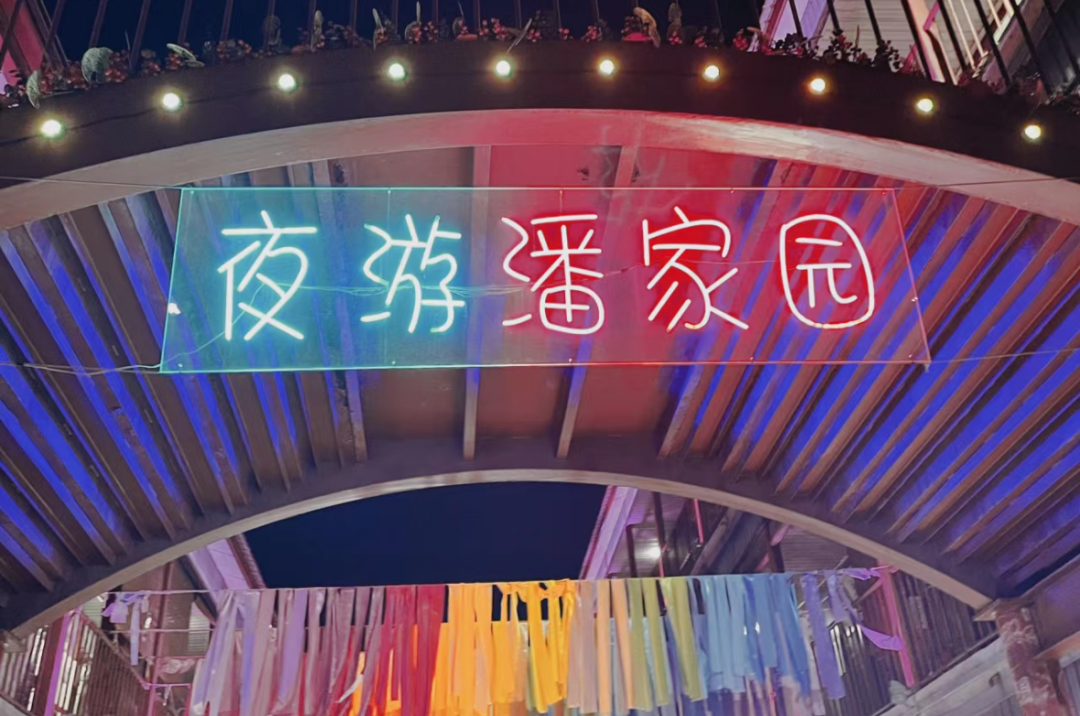
Apart from buying cultural items, the Panjiayuan Cultural Night Market is also a must-visit. Starting from April 12th, the night market runs from 12:00-24:00. The market offers a variety of items including cultural items, toy collectibles, creative products, handicrafts, and more. The Old Book Market is located in the East Book Area and opens at 7 a.m. every Saturday and Sunday. It offers a wide range of books such as literature, art, comic books, foreign comics, children's storybooks, old magazines, albums, picture books, and second-hand original English books, all at incredibly low discounts.
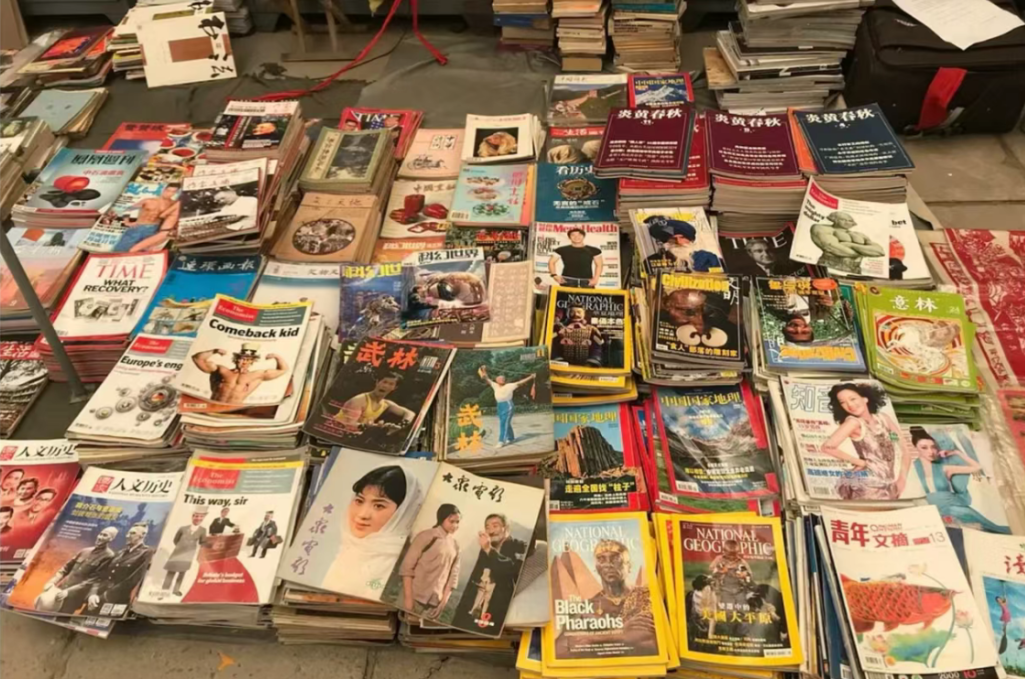
Address: No. 18, Huaweili, Chaoyang District, Beijing
Duyichu (Fangzhuang Branch)

In Beijing’s foodie circles, there’s a well-known acrostic poem that goes: "In the capital city of Beijing there is a restaurant for shumai, with a golden plaque symbolizes its glory. Located on a bustling street, it attracts many distinguished guests, all drawn by its delicious and fragrant taste.” This poem points to the famous shumai (steamed dumplings) from Duyichu and succinctly summarizes the historical origins and legacy of this time-honored brand. In 2008, the Shumai-making techniques of Duyichu were included in the second batch of the National Intangible Cultural Heritage Representative List. Today, Duyichu's Shumai not only represents the taste remembered by many old Beijingers but also serves as a window for tourists from all over to experience Beijing's traditional food culture.
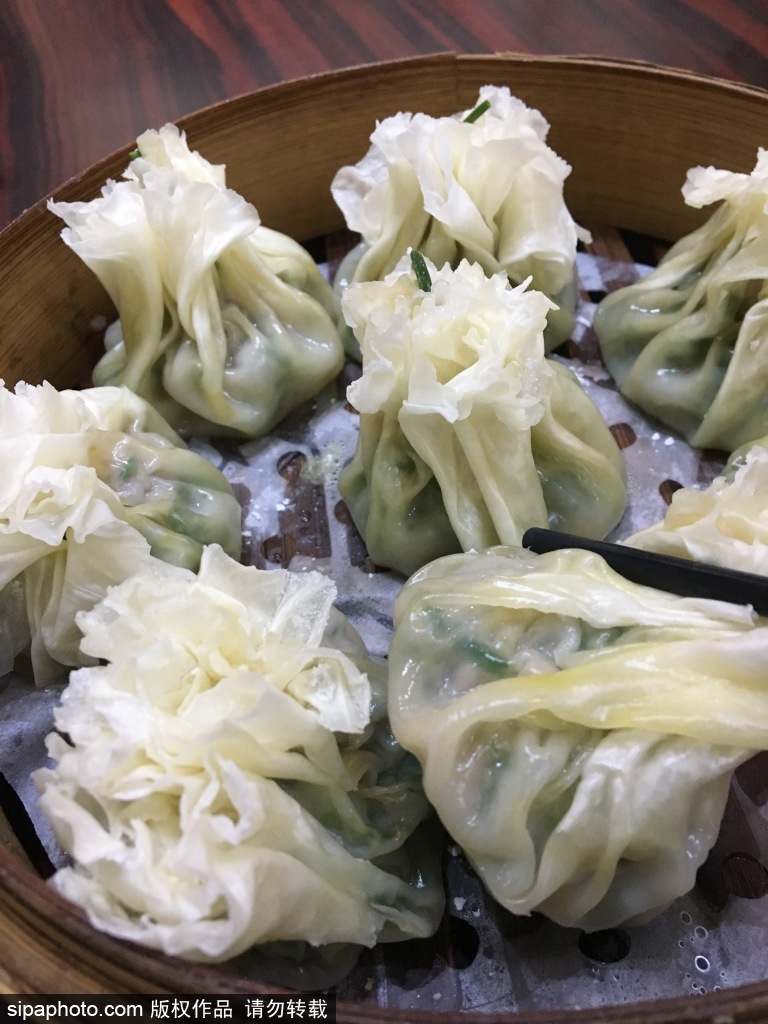
The production process of Duyichu's Shumai can be summarized in 16 steps, with the most crucial being the art of pleating. Each Shumai wrapper must have no fewer than 24 pleats, representing the 24 solar terms in traditional Chinese culture. The finished Shumai has a unique appearance with a slightly open top revealing the filling, resembling blossoms poised to bloom.
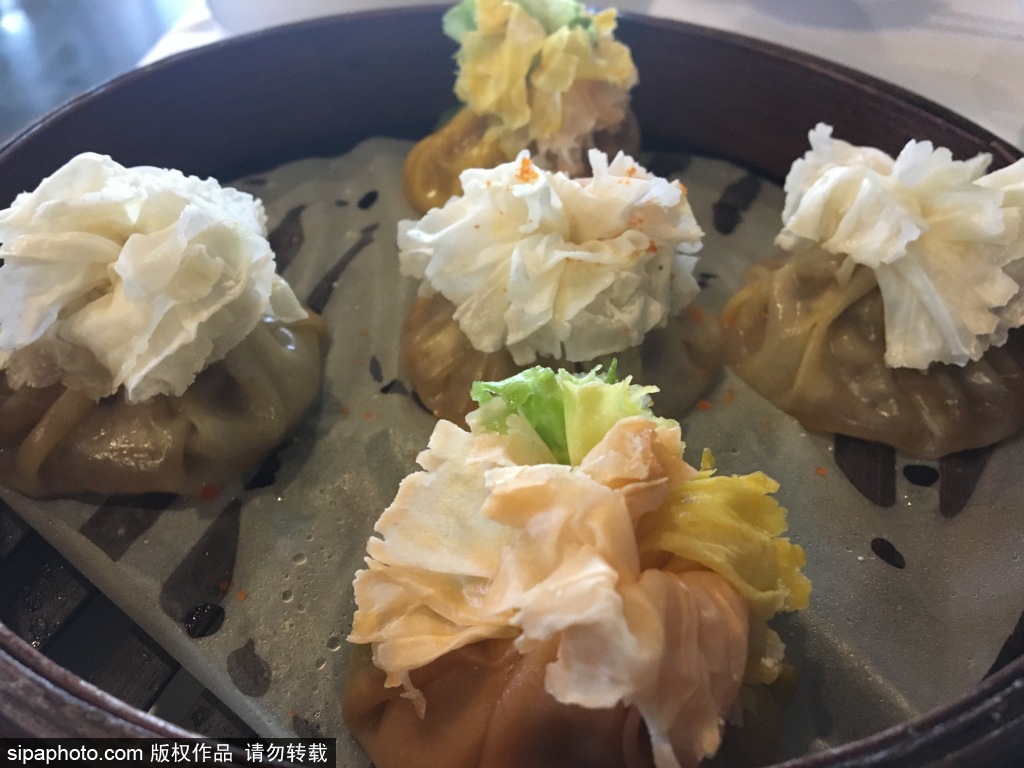
Additionally, Chinese culinary culture emphasizes eating seasonal ingredients. The traditional Duyichu restaurant initially gained fame for its pork, three-flavor (pork, sea cucumber, and shrimp), and vegetarian Shumai. Over time, the restaurant adjusted its offerings according to the seasons: in spring, they highlight chives; in summer, zucchini; in autumn, crab roe; and in winter, beef and lamb. Each seasonal filling not only offers delicious flavors but also provides essential nutrients needed by the body throughout the year.
Address: Building 15, Zone 3, Fangchengyuan , Fengtai District, Beijing



